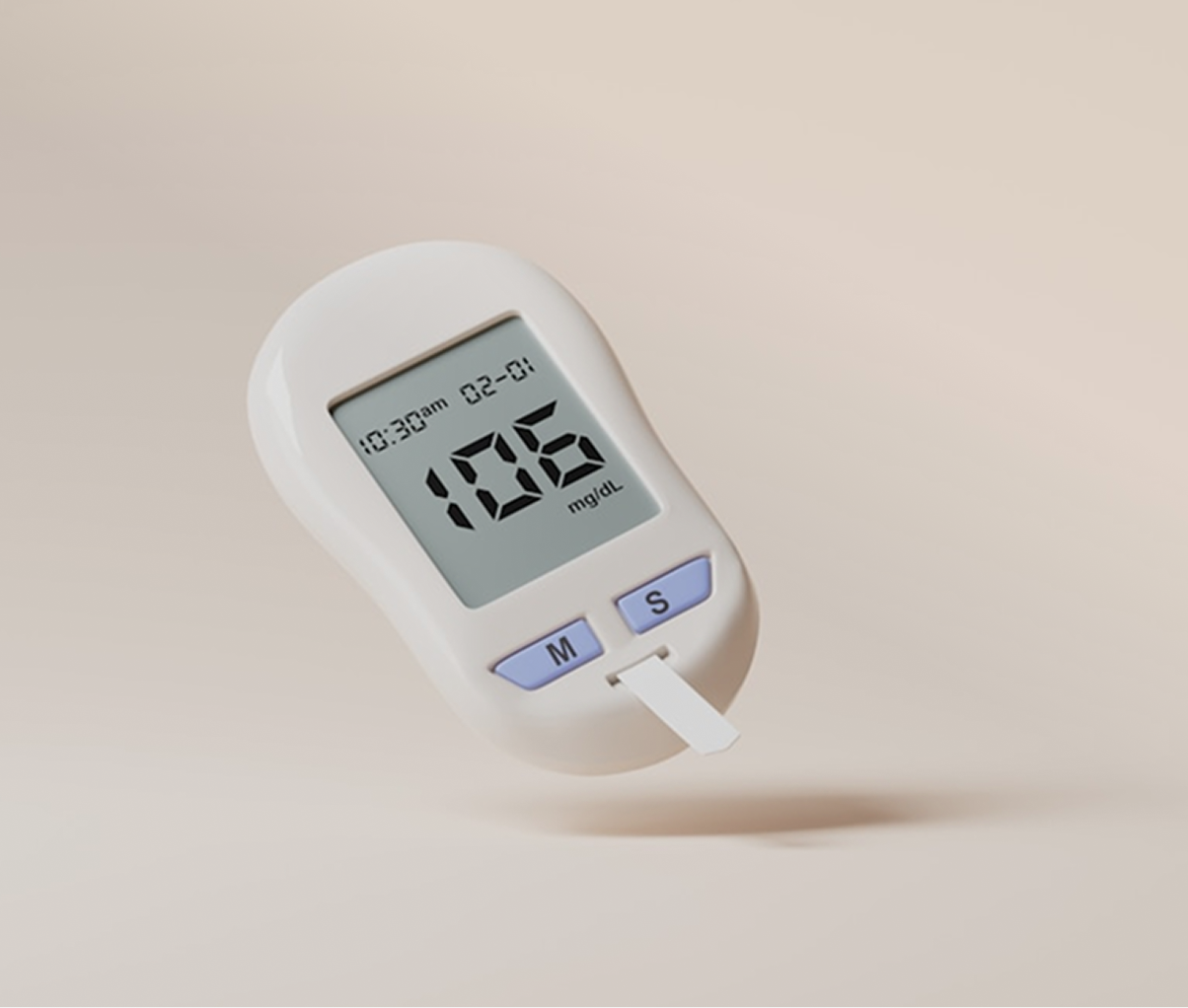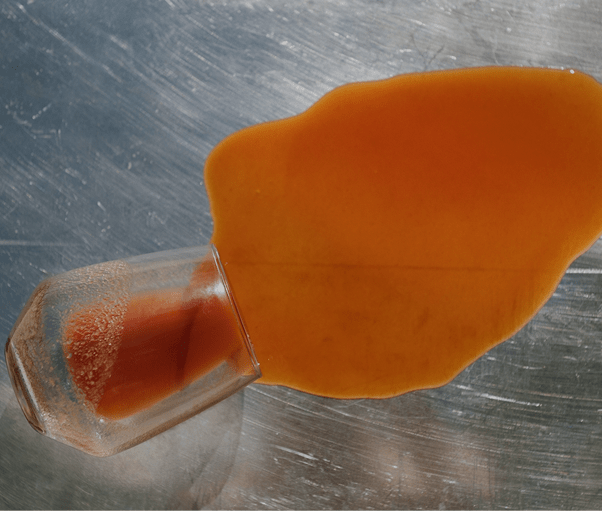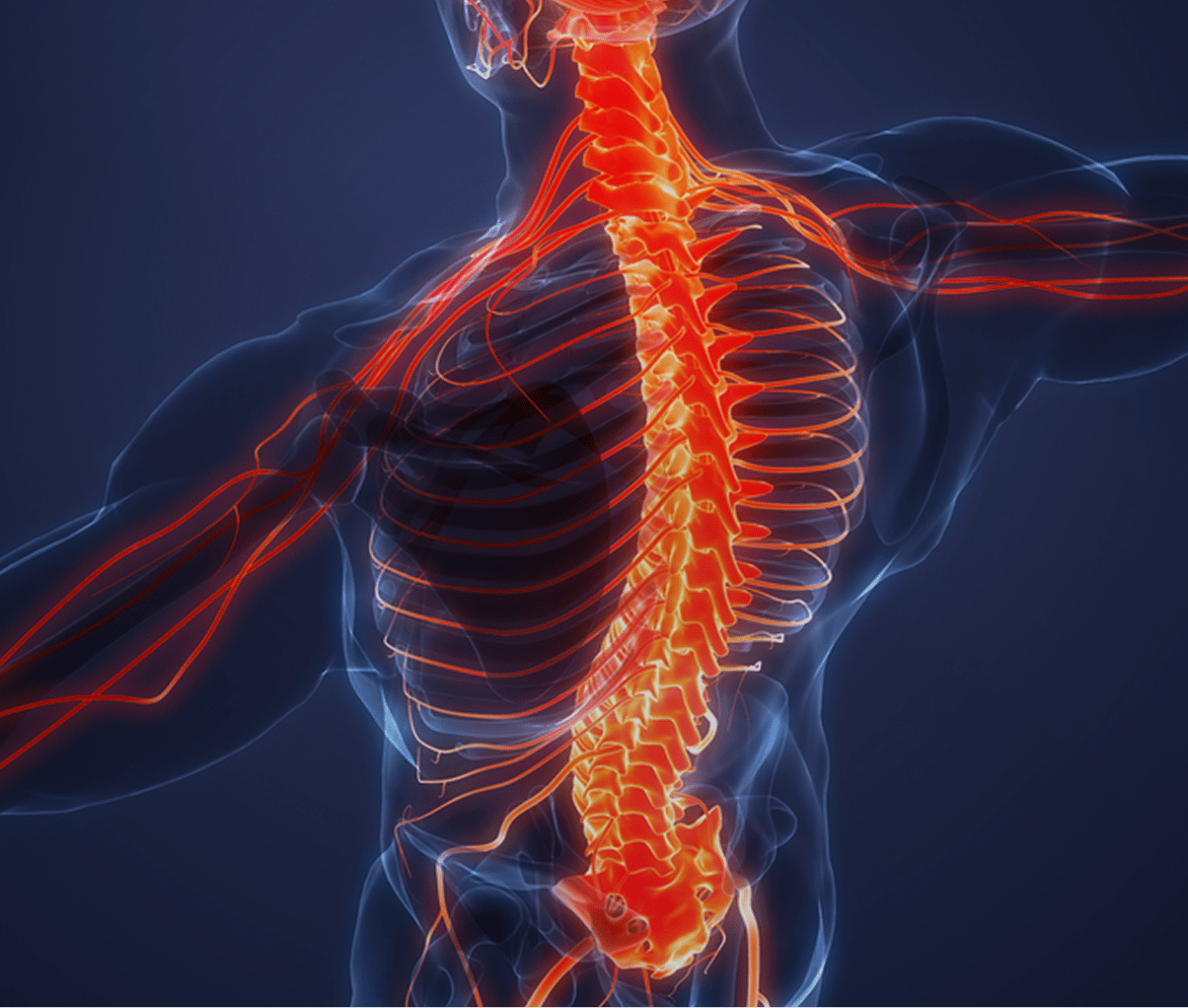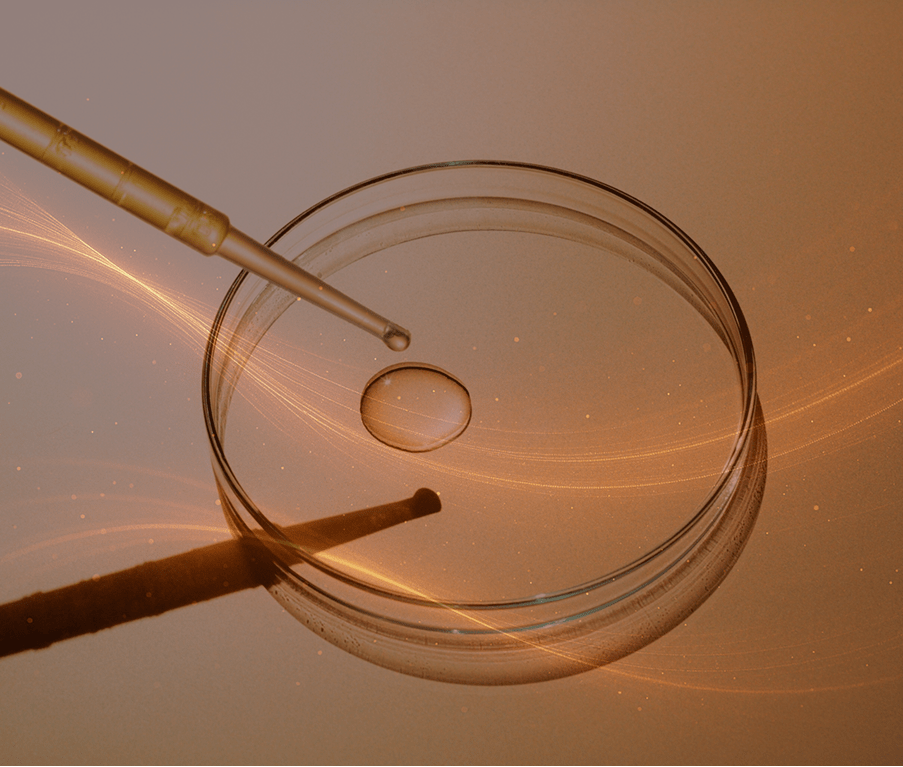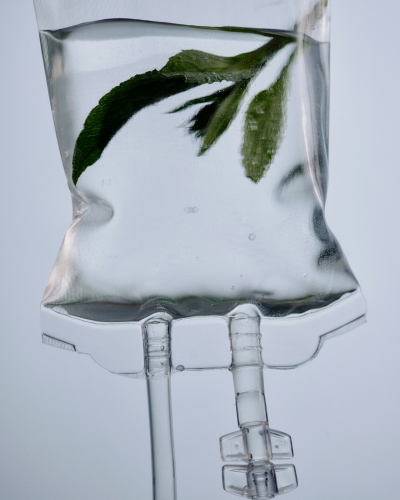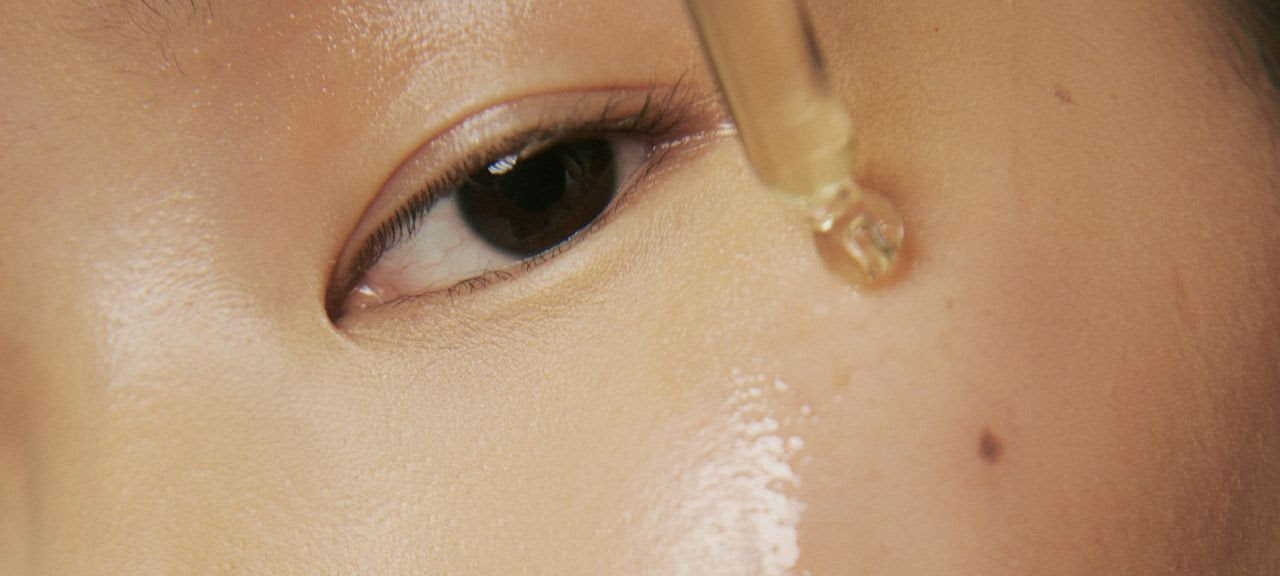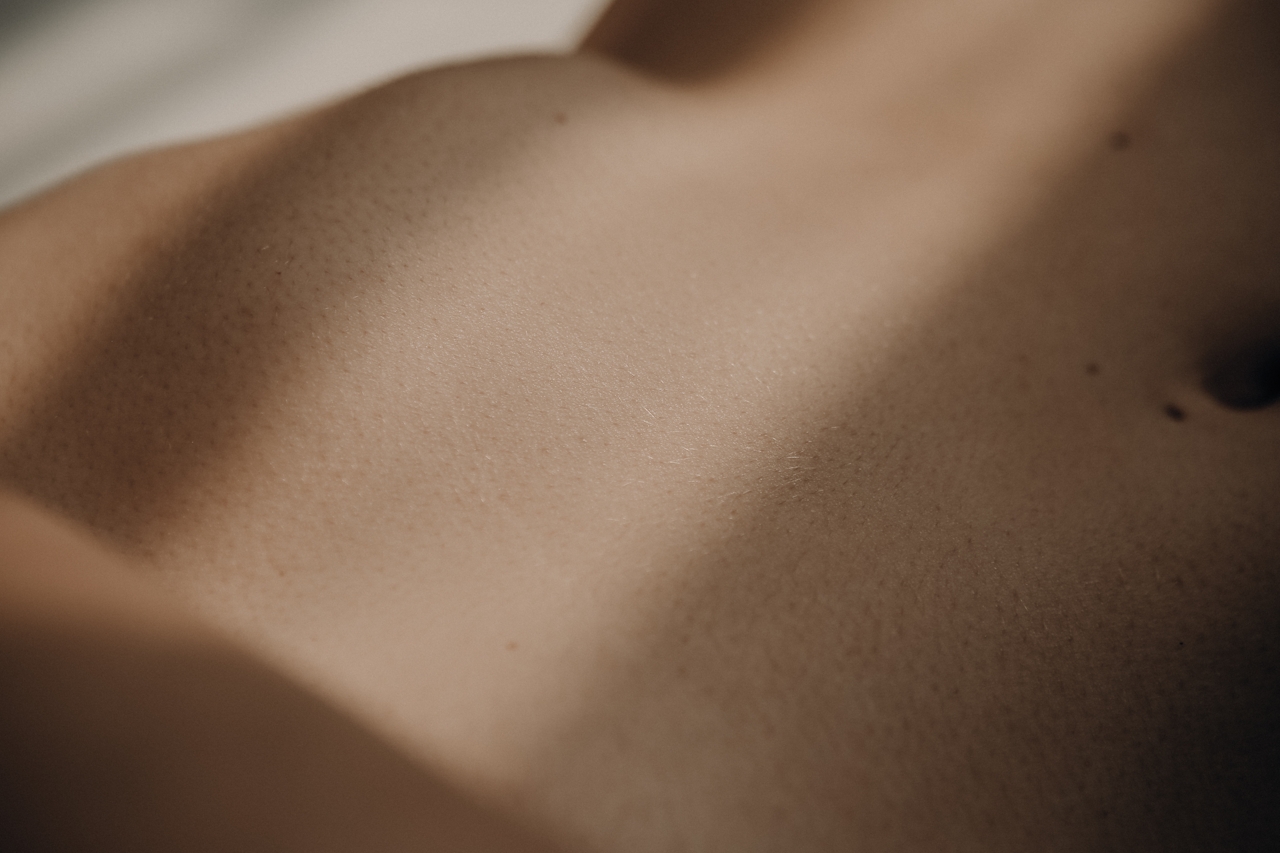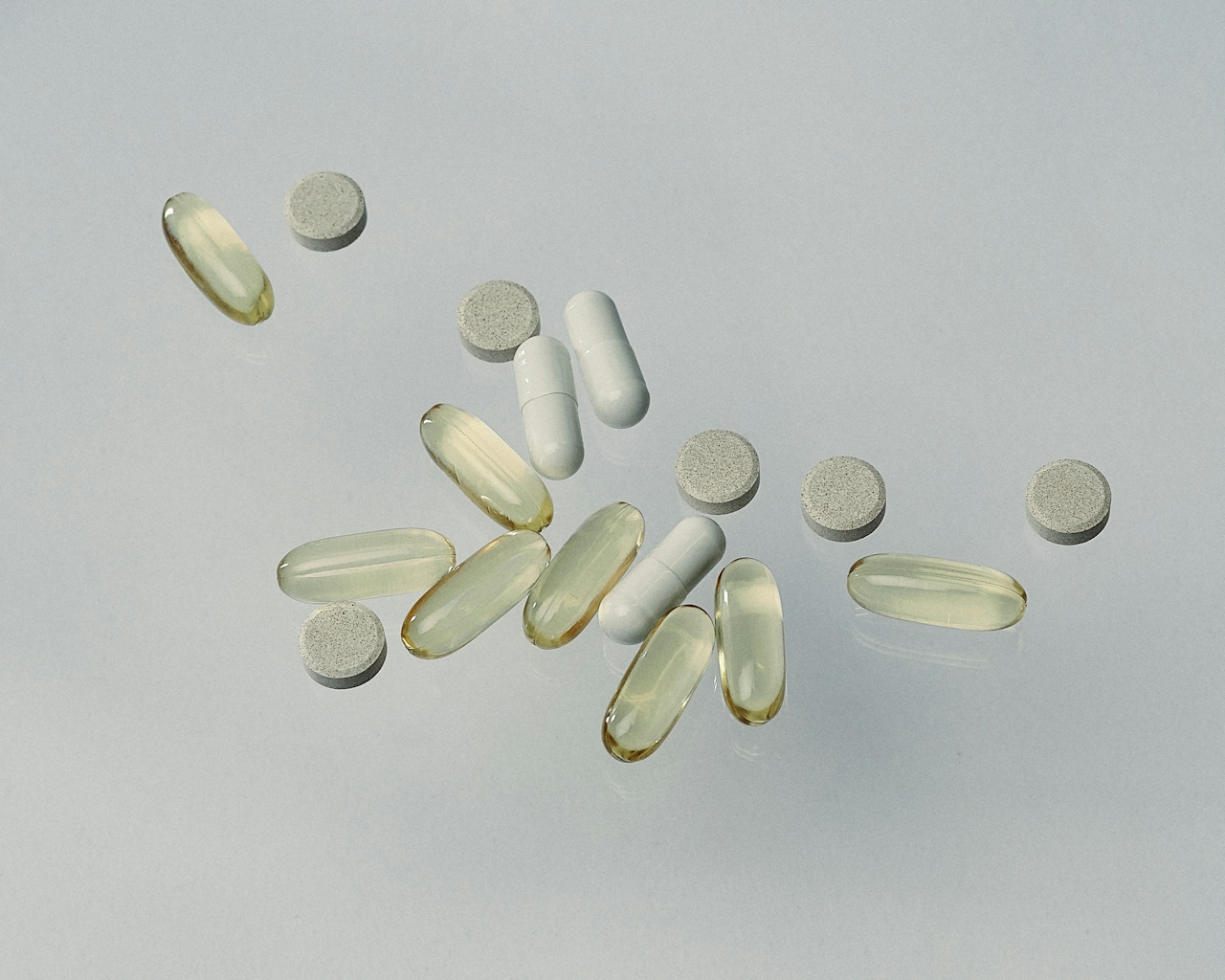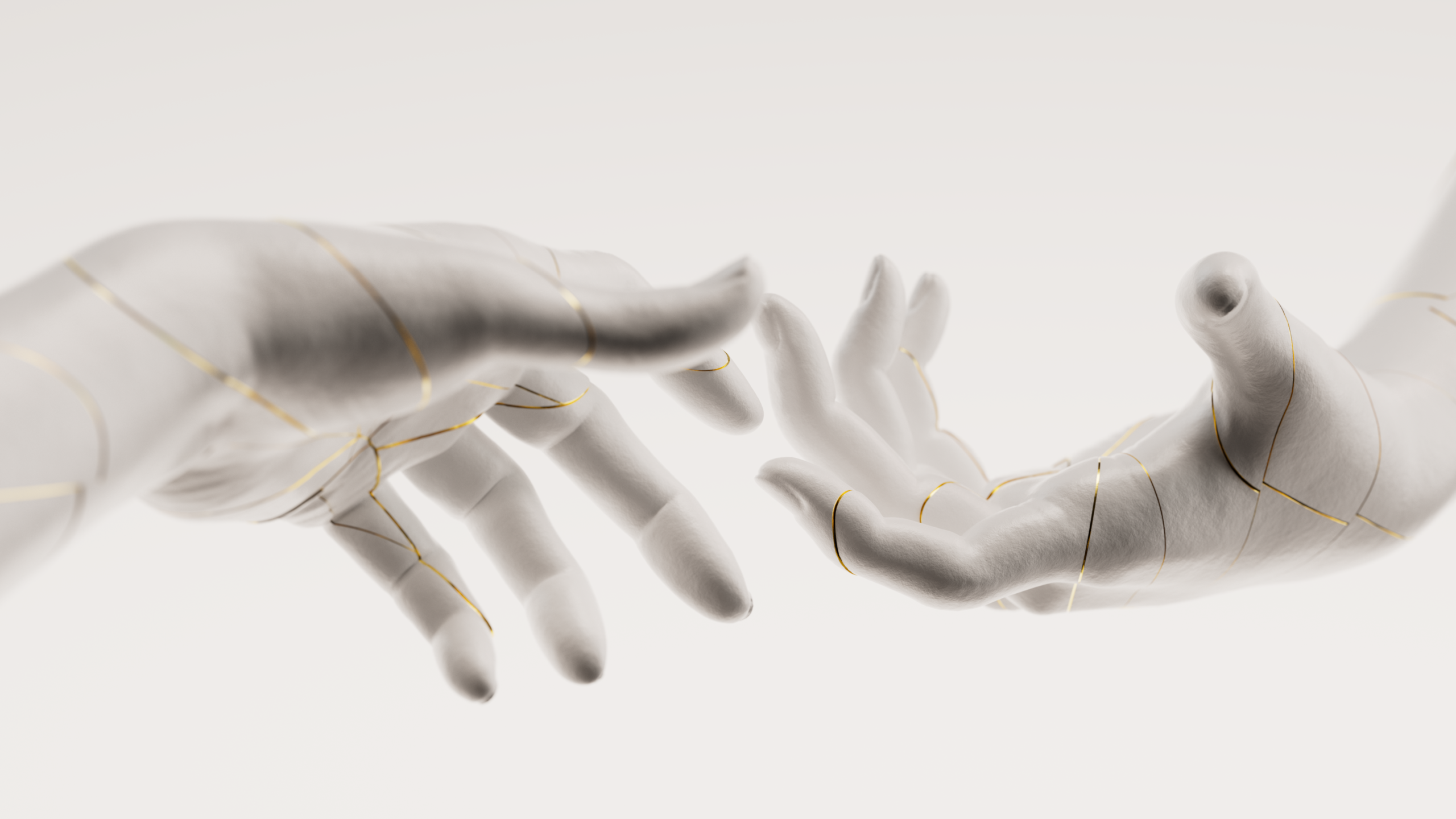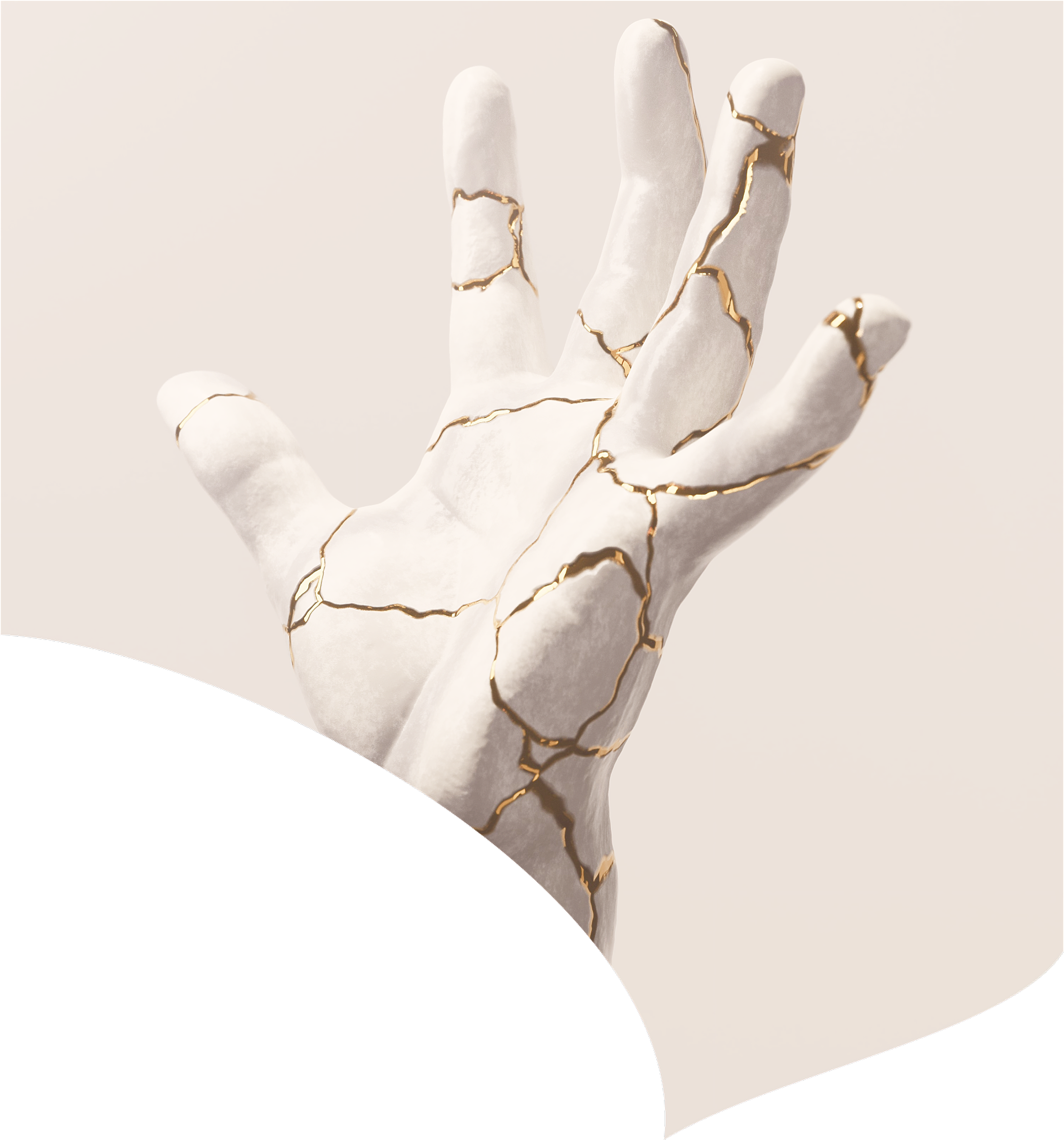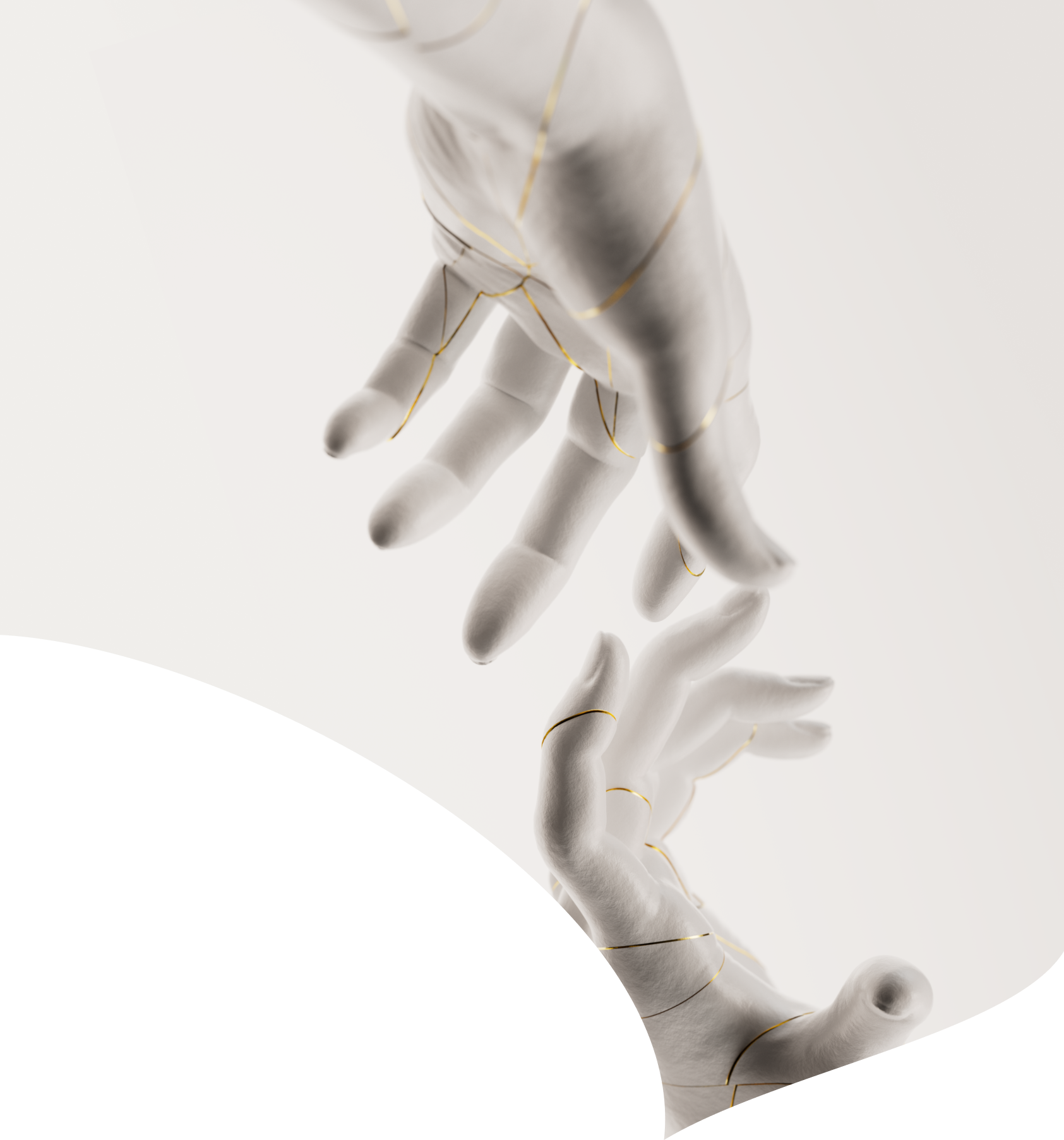
Last Saturday, we went beneath the surface of oral health. We explored how many chronic issues begin not in the gut or the brain, but in the mouth. From low-grade inflammation that ages you faster to microbial imbalances that ripple through the heart and metabolism, your mouth might be the most overlooked root cause in modern health.
Last Saturday, we went deep into glucose: what drives spikes, how your body responds, and why managing it well is one of the most powerful levers for health and longevity.
Missed it? You can catch up on The Oral Health Issue. The Oral Health issue
As we learned, brushing and flossing are only the beginning. Oral health isn’t just about teeth. It’s about inflammation, metabolism, and the invisible ecosystem living inside your mouth.
To help us separate myth from science, we turn to today’s expert, Dr. Staci Whitman, DMD, IFMCP.
Dr. Staci is a functional dentist and world-recognized expert on the oral microbiome and the oral–systemic connection. She is the co-founder of the Institute for Functional Dentistry, a nonprofit reshaping dental education through a root-cause approach. Dr. Staci’s work has reached millions through global lectures, the Huberman Lab podcast, and her community of more than 250,000 followers. Her upcoming book with Crown Penguin Random House, explores how the oral microbiome is a missing link in longevity and human optimization. She is also co-founder of FYGG, an oral health company designed to support the good bacteria that keep us thriving.
She will present at the second annual Eudēmonia Summit this November in West Palm Beach. But for now, we’re honored to have her address your most pressing questions about oral health.
Q. For parents: Beyond brushing and sometimes flossing, what actually moves the needle?
Bottom line first: cavity risk is driven more by acid exposure patterns and saliva biology than by how fancy your toothbrush is. What you do between brushings sets the trajectory.
The core idea is to control the frequency and chemistry of demineralization, then strengthen the enamel lattice.
Pattern over perfection. Enamel softens every time pH drops below the critical threshold. For most kids, enamel begins dissolving near pH 5.5 and dentin near 6.2. The Stephan curve tells us repeated drops matter more than one big drop. Translate that to three meals with one snack window. Water only between.
Snack engineering. Replace retentive starches and gummies with protein plus fiber that clear fast and do not feed plaque: cheese, eggs, plain yogurt, nuts or nut butter (if age-safe), meat sticks, veg and hummus, fresh fruit.
Saliva as your primary defense. Saliva provides bicarbonate, calcium, and phosphate, and carries antimicrobial peptides. Support it with hydration, electrolytes as needed, sugar-free gum after meals for older kids, cool-mist humidifier at night, and nose breathing during sleep. If a child mouth-breathes or snores, request an airway and sleep screen.
Daily remineralization. Use a hydroxyapatite paste morning and night. The particles integrate with enamel and reduce sensitivity while rebuilding crystal defects.
Interdental contact is non-negotiable. String flossing, floss picks, water flossers, or small interdental brushes make the behavior achievable. Anchor the habit to an existing nightly routine like reading books or bathing.
Target the biofilm when risk is high. Consider oral probiotics, especially during orthodontics, after antibiotics, and during illness clusters. Targeted strains help push the biofilm toward a less acidogenic state.
Nutrients matter. Prioritize vitamin D3 with K2, magnesium, calcium, phosphorus, zinc, and pre/probiotics from food first, then supplement to close gaps.Q. How would you support someone who loves desserts, snacking, croissants, and bread, etc. to make a permanent lifestyle shift to curb and reverse mitochondrial dysfunction and prevent them from developing more chronic disease?
Q. Water is great, but is brushing, flossing, and hydrating enough?
Short answer: hydration helps, but timing and chemistry matter more.
Timing beats volume. Multiple small sips of an acidic beverage can undo perfect hygiene. Keep acids limited and/or with meals only. Choose water between meals.
Know your numbers. Unstimulated saliva pH near 6.8 to 7.4 is protective. Home pH strips can teach patterns, but clinical salivary testing is better.
Fix dry-mouth drivers. Review medications, assess nasal airflow, and address airway issues. Use xylitol gum or lozenges after meals and add minerals to water if needed.
Remineralize nightly. A hydroxyapatite paste is the simplest way to push the curve back toward repair.
Q. What’s coming next? Will we track our mouths like sleep or glucose? Will products become personalized?
Yes, personalization is arriving. The aim is near-zero caries and gum disease, not total eradication.
What Is Clinically Useful Right Now
- Salivary function testing.
- Unstimulated flow by a five-minute spit test. Hyposalivation is typically at or below 0.1 mL per minute; borderline risk is 0.1 to 0.2 mL per minute.
- Stimulated flow by chewing. Low is at or below about 0.7 mL per minute.
- Buffering capacity and pH identify erosion and caries risk even when brushing looks “perfect.”
- Inflammation screening.
- Chairside active MMP-8 identifies collagen breakdown risk in periodontal tissues in minutes and is useful for triage and monitoring.
- Oral microbiome panels.
- 16S or qPCR panels quantify pathogen load and nitrate-reducing species. Use them for recurrent caries, halitosis, or gingival bleeding. Interpretation must be paired with diet, saliva, and clinical exam because prediction from microbiome alone is still maturing.
- Nitrate pathway awareness.
- Nitrate-reducing oral bacteria support nitric oxide biology, which influences vascular tone, cardiovascular health, and sexual health. Routine antiseptic rinses can suppress these species. Use antiseptics as part of a targeted protocol for a set amount of time, not by default or indefinitely.
Near-Term (Likely to Scale Over the Next 12–24 Months)
- At-home integrated saliva kits that combine pH, buffering, proteins such as aMMP-8 or IL-1β, and microbiome composition into risk dashboards with simple action plans.
- Precision pastes and rinses that adjust hydroxyapatite loading, calcium-phosphate complexes, prebiotics, and targeted probiotics to your measured risk.
- Computer-vision plaque imaging on smartphones coupled to AI scoring, layered with your brushing, diet, and saliva data to guide coaching in real time.
- Expanded procedural codes for saliva-based diagnostics as validation advances.
On the Research Horizon
- Tooth or mouthguard sensors that log in-mouth pH events and possibly exposure signatures and stream to your phone. Proofs of concept exist for tooth-mounted sensors and oral biosensing retainers. The first clinical versions are being tested for erosion risk and dietary pattern feedback.
- Multi-omics panels that blend microbial DNA, proteins, and metabolites to flag risk earlier and point to specific countermeasures, not just “brush better.”
What to Ask Your Dentist Today
- Measure salivary flow, pH, and buffering. Add aMMP-8 if gums bleed. Consider a microbiome panel if caries or gingivitis recur. Use results to personalize hydroxyapatite strength, probiotic strain, snack strategy, and recall frequency.
Q. Do people see unexpected systemic wins after cleaning up the oral microbiome?
Yes, and the physiology tracks.
Periodontal therapy and metabolic markers. Treating gum inflammation often lowers C-reactive protein and improves HbA1c in people with diabetes, consistent with reduced systemic cytokine load.
Nitric oxide signaling and blood pressure. Removing daily antiseptic mouthwash can restore nitrate-reducing bacteria and support nitric oxide biology. Some studies report lower blood pressure as a result.
Daily-life symptoms. Parents and adults often report less reflux, fewer aphthous ulcers, improved breath, and steadier energy when they stop grazing, use water between meals, and anchor a nightly remineralizing routine. This is what fewer acid challenges and a calmer mucosa feel like. Systemic inflammation can drop, which will likely improve whole body health outcomes.
Q. Do people see unexpected systemic wins after cleaning up the oral microbiome?
The problem is not only sugar. It is acidity, stickiness, and frequency.
Retentive starches and fermentable carbs. Crackers, pretzels, puffs, chips, sticky granola bars, rice cakes, and fruit leathers lodge in pits and fissures and drive acidogenic biofilms. Keep them inside meal windows, but better to eliminate altogether or significantly reduce from the diet.
Acidic “health” beverages. Kombucha, many teas, and energy and sports drinks are erosive when sipped often. Keep acids with meals and rinse with water after.
Citrus water and vinegar sips across the day. Acid without sugar still demineralizes.
Gummies of any kind. Vitamins, fiber gummies, and “fruit” snacks are retentive and often acidic.
Protein bars with sticky syrups. These cement to enamel and extend the acid window.
Rapid Countermeasures
- Keep acids with meals and choose water between meals.
- Rinse after acids, then wait 30 minutes before brushing.
- Use a nightly hydroxyapatite paste.
Disclaimer: This newsletter is provided for educational and informational purposes only and does not constitute providing medical advice or professional services. The information provided should not be used for diagnosing or treating a health problem or disease, and those seeking personal medical advice should consult with a licensed physician.

December 5, 2025
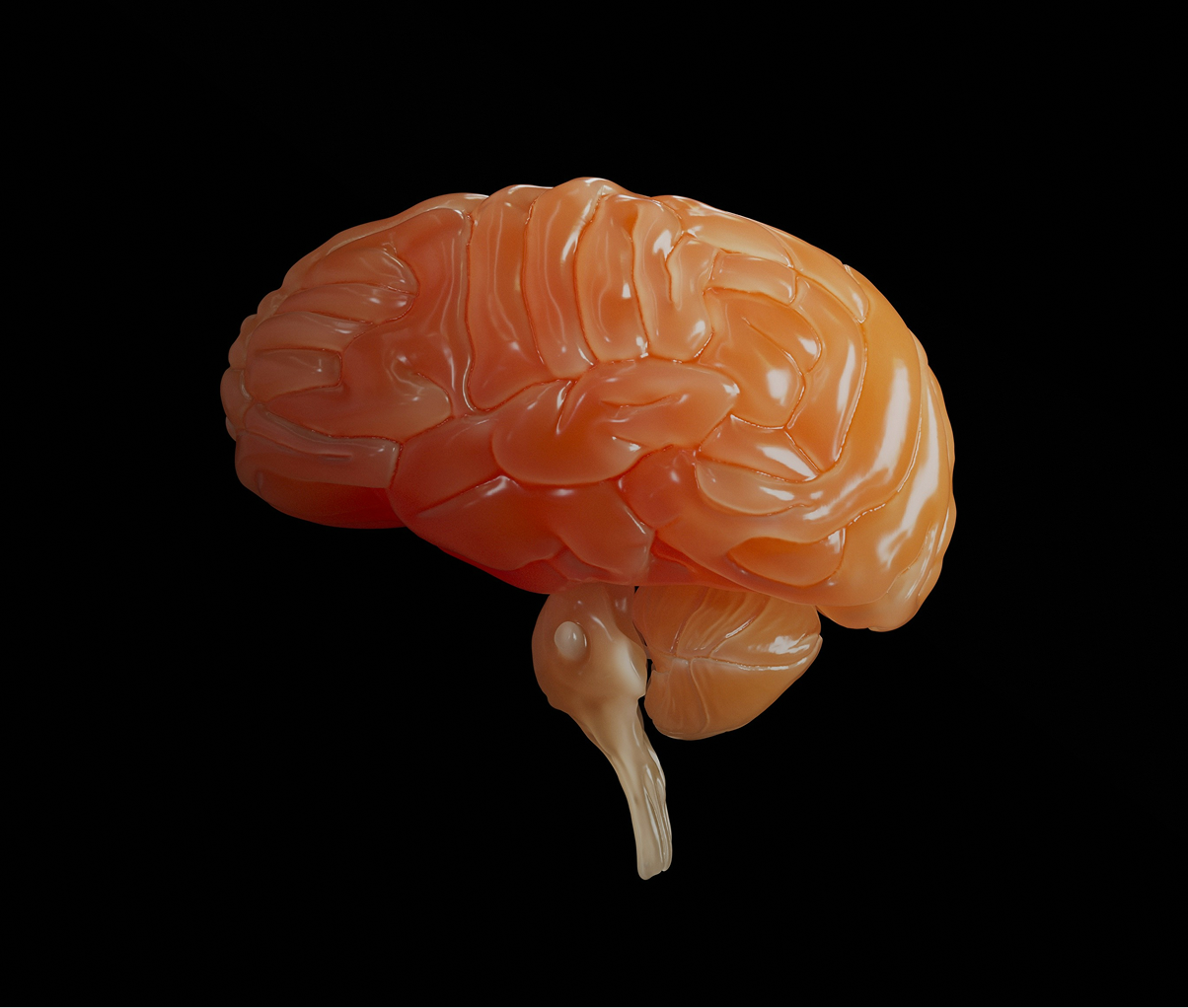
November 21, 2025

November 14, 2025
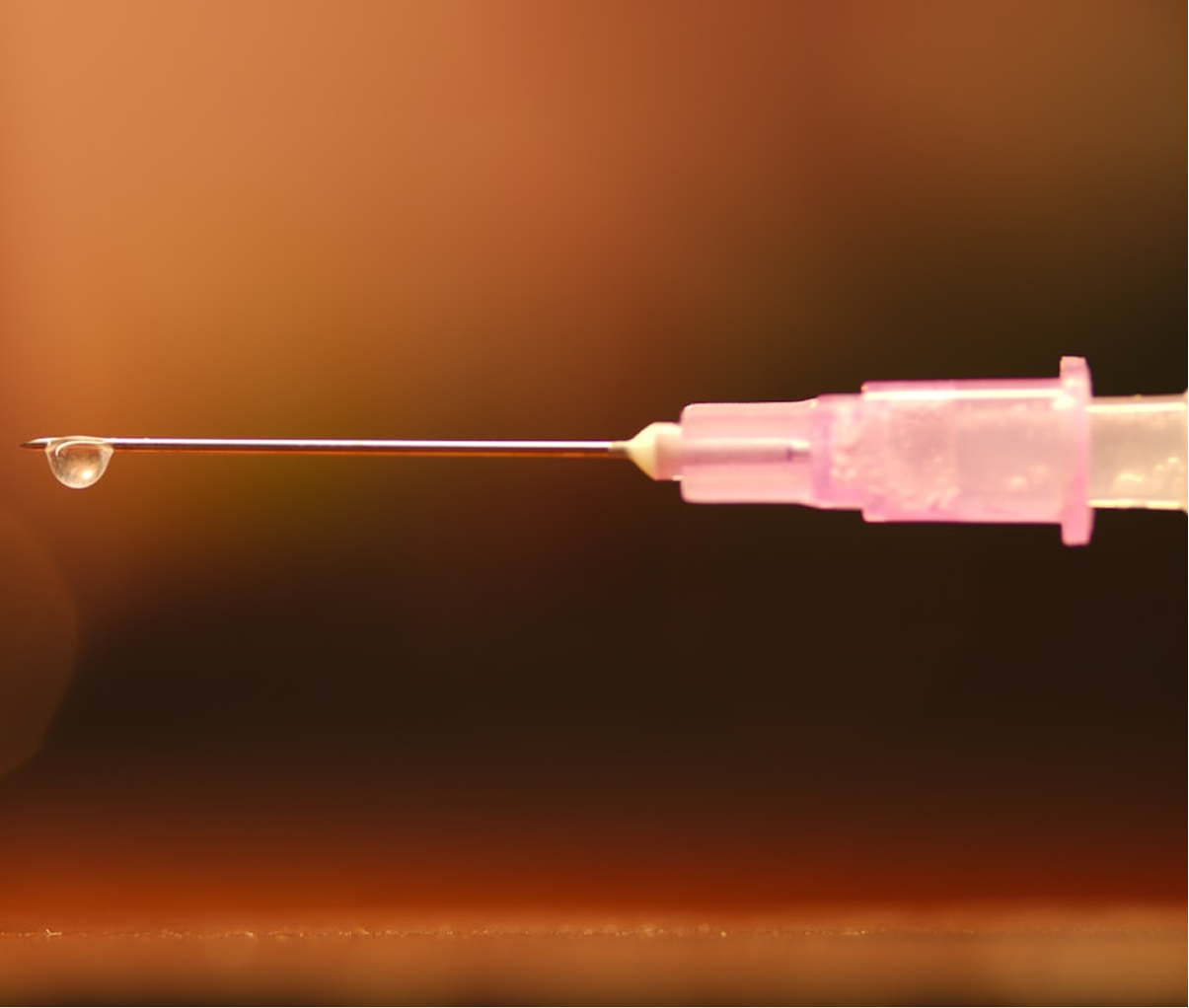
November 14, 2025
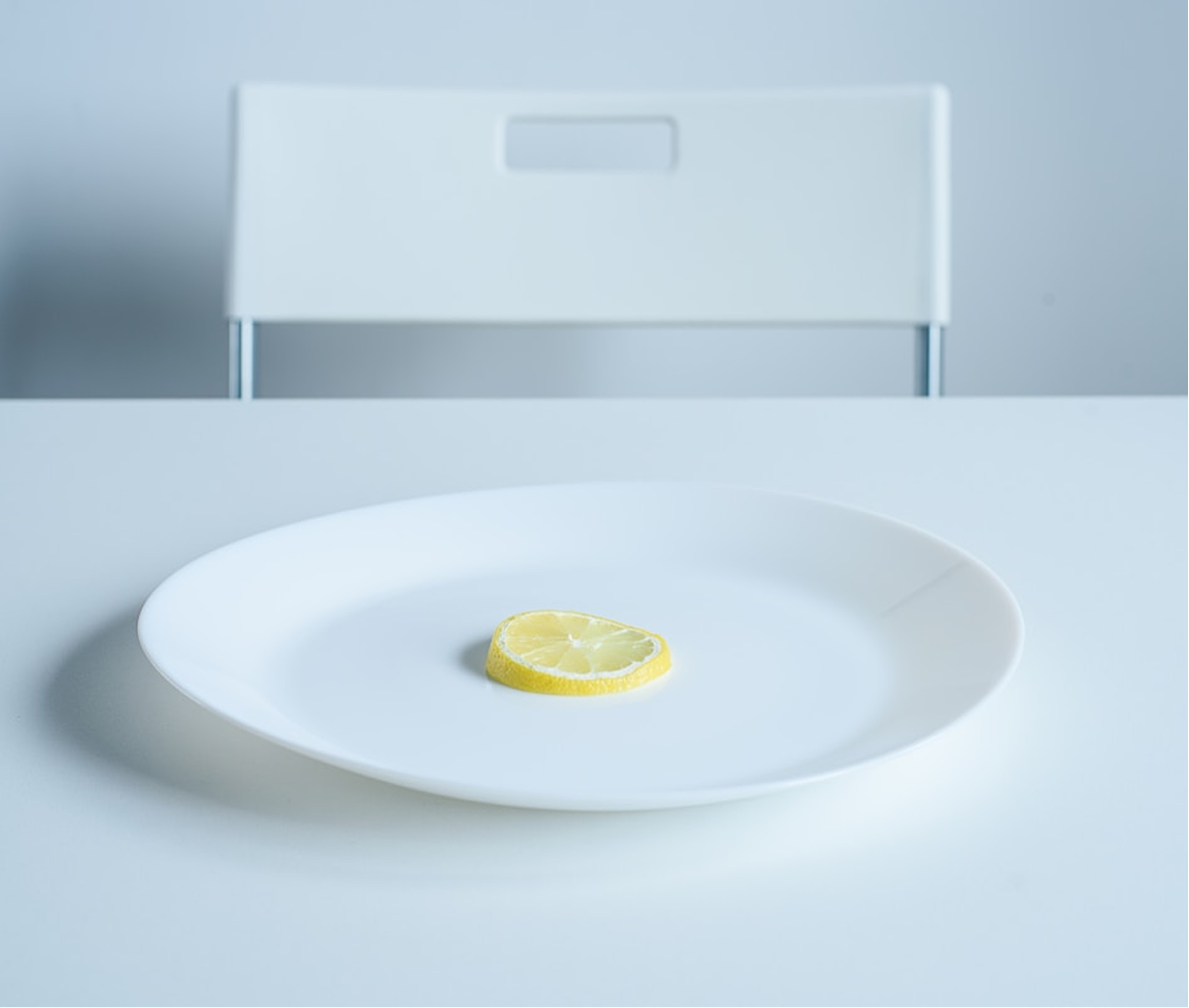
November 7, 2025

October 31, 2025

October 24, 2025

October 17, 2025

October 10, 2025

